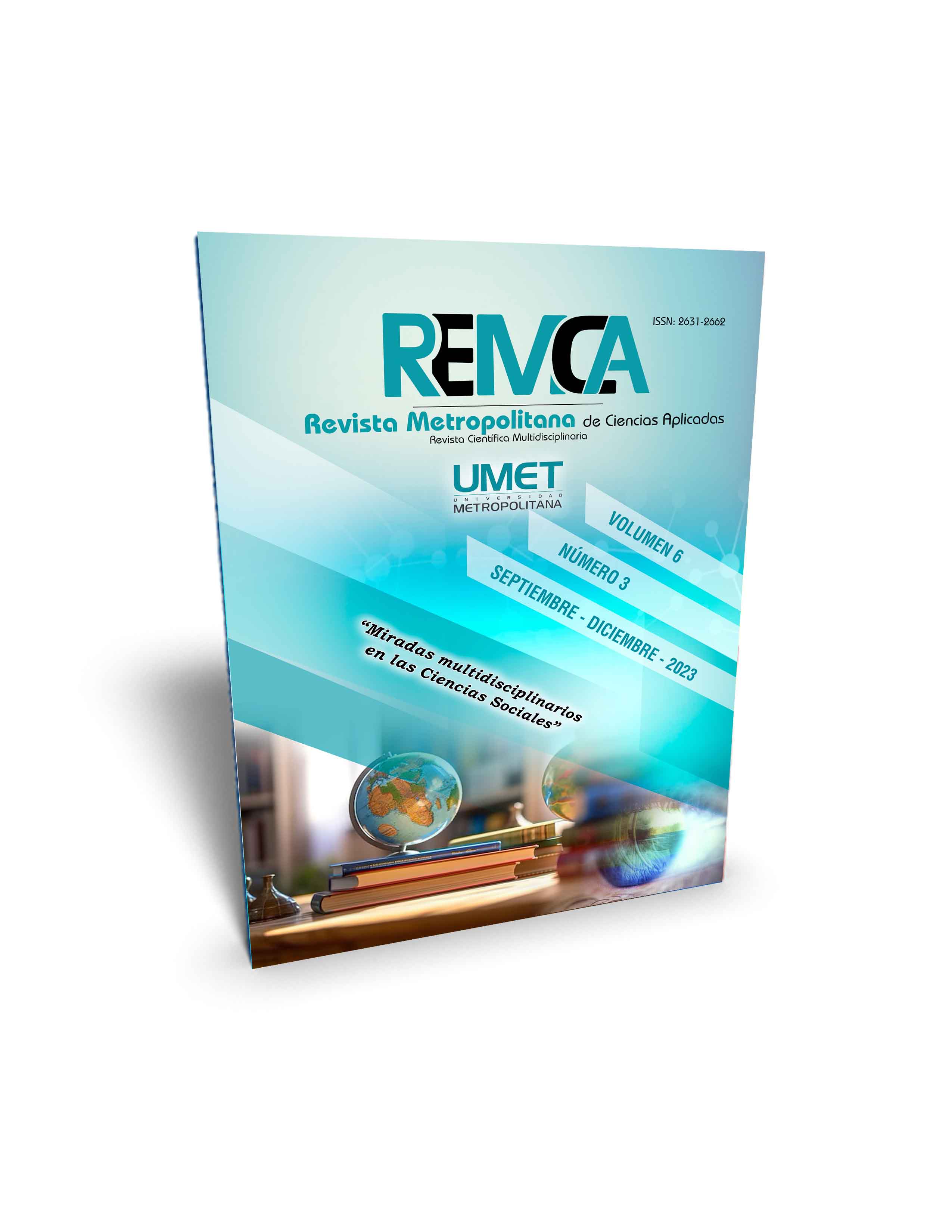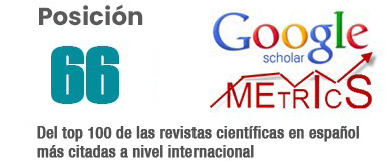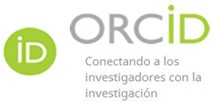Validation of an instrument for its implementation in the community training process
DOI:
https://doi.org/10.62452/6astat31Keywords:
Staff development, agriculture, evaluation of research programs and instruments, validation studyAbstract
The instrument validation has gained in recent times the importance it deserves, because the decision making of any investigation is based on the results achieved in the applied instruments. The objective of the article was to validate an instrument for its implementation in agricultural training, with a view to the continuous improvement of the community training process. An instrumental study was carried out in the Province of Los Ríos, Cantón Vinces, community of El Aguacatal, as part of a training strategy for community actors. The population under study was all those trained (N=124). The data were processed in the statistical package JAMOVI, 2.3.21. From the descriptive statistics, central tendency and dispersion statistics were applied, as well as violin graphs; and inferential, Kendall's coefficient of agreement, factor analysis, Cronbach's alpha, Spearman's correlation, Wilcoxon test and ROC curve. Readjustments were applied to the instrument, derived from the mathematical analyzes carried out, both to the qualitative and quantitative component, as well as to the contextual application in the selected rural area. The instrument aimed at agricultural training in the Aguacatal community, was validated through a process with solid scientific bases. The results of its implementation show its capacity to contribute to the improvement of community agricultural training.
Downloads
References
Borghero, F., Martínez, V., Zitko, P., Vöhringer, P. A., Cavada, G., & Rojas, G. (2018). Tamizaje de episodio depresivo en adolescentes. Validación del instrumento PHQ-9. Revista Médica de Chile, 146(4), 479-86.
Capote Femenías, J. L., Milián Vázquez, P. M., & Jiménez Quintana, Z. (2022). Instrumento para evaluar la satisfacción laboral en los servicios de Estomatología General Integral en Cuba. Revista Universidad y Sociedad, 14(S5), 665-74.
Corrales Reyes, I. E., Villegas Maestre, J. D., Vitón Castillo, A. A, Mamani Benito, O. J., & Carranza Esteban, R. F. (2022). Validez y confiabilidad de una escala de procrastinación académica en estudiantes cubanos de Estomatología. Revista Cubana de Medicina Militar, 51(3).
De Anda Montaño, R. E., Portillo Molina, R., López Noriega, M. D., & Cervantes Rosas, M. Á. (2020). Elaboración y validación de instrumento para medir prácticas sustentables que crean valor en organizaciones agrícolas. Revista De Investigación Agraria y Ambiental, 11(2), 59–70.
Defagó, M. D., Gaiteri, L., Longo, N. J., Muiño, M. C., Bazzoni, G. F., Bertorini, C., & Sartor, S. (2021). Validación, reproducibilidad y confiabilidad del registro dietético fotográfico para la valoración de la ingesta alimentaria. Nutrición Hospitalaria, 38(4), 790-796.
Delgado, C., Araneda, A., & Behrens, M. I. (2019). Validation of the Spanish-language version of the Montreal Cognitive Assessment test in adults older than 60 years. Neurologia (Engl Ed), 34(6), 376-385.
Domínguez Saldívar, A. (2020). Construcción de instrumentos y validez de contenido. En: Reflexiones en torno a la metodología de la investigación. Centro Universitario CIFE.
Fernández, L., Rodríguez, D. E., Monge de Ruíz, R., Rodríguez, O. E., & Dutari, R. E. (2020). Nivel de formación y necesidad de capacitación en entornos virtuales como factores claves para el desarrollo académico-profesional del recurso humano en cuatro unidades académicas de la Universidad de Panamá. Visión Antataura, 4(2),79-101.
Jaureguiberry, M. (2021). Capacitación. Universidad Nacional del Centro de la Provincia de Buenos Aires.
León Ramentol, C. C., Menéndez Cabezas, A., Rodríguez Socarrás, I. P., García González, M. C., Quesada Leyva, L., & Quintana Verdecia, E. (2021). La capacitación como premisa para implementar un sistema de gestión de la calidad. EDUMECENTRO, 13(2), 19-32.
Lloret Segura, S., Ferreres Traver, A., Hernández Baeza, A., & Tomás Marco, I. (2014). El Análisis Factorial Exploratorio de los Ítems: una guía práctica, revisada y actualizada. Anales de Psicología, 30(3), 1151-69.
López Fernández, R., Avello Martínez, R., Palmero Urquiza, D., Sánchez Gálvez, S., & Quintana Álvarez, M. (2019). Validación de instrumentos como garantía de la credibilidad en las investigaciones científicas. Revista Cubana de Medicina Militar, 48(2 Sup).
Organización de las Naciones Unidas para la Agricultura y la Alimentación. (2015). Guía de capacitación en temas agrícolas para agricultores familiares. FAO. http://www.fao.org/3/a-i5249s.pdf
Pérez Cañado, M. L. (2015). Evaluating CLIL Programmes: Instrument Design and Validation. PULSO, 39, 79-112.
Pomares Avalos, A. J., Zaldívar Pérez, D. F., López Fernández, R., & Bernal Valladares, E. J. (2019). Validación del cuestionario reducido de afrontamiento al dolor crónico en la población cienfueguera con dolor crónico de espalda (2017-2018). Revista de la Sociedad Española de Dolor, 26(5), 276-283.
Ramírez Montoya, M. S. (2020). Transformación digital e innovación educativa en Latinoamérica en el marco del COVID-19. Campus Virtuales, 9(2), 123-139.
Valencia Benítez, J. C., & Carmenates Barrios, O. A. (2022). Capacitación a los actores comunitarios: necesidad para garantizar una cultura agraria y sostenible en Ecuador. Revista Universidad y Sociedad, 14(5), 451-464.
Ventura León, J. L. (2017). ¿Validez de constructo o validez basada en el constructo?: comentarios a Soler et al. Revista de Psiquiatría y Salud Mental, 10(4).
Wiesenfeld, E. (2015). Las intermitencias de la participación comunitaria Ambigüedades y retos para su investigación y práctica. Psicología, Conocimiento y Sociedad, 5(2), 335-87.
Downloads
Published
Issue
Section
License
Copyright (c) 2023 Juan Carlos Valencia-Benítez, Osmany Alfredo Carmenates-Barrios (Autor/a)

This work is licensed under a Creative Commons Attribution-NonCommercial-ShareAlike 4.0 International License.
Authors who publish in Revista Metropolitana de Ciencias Aplicadas (REMCA), agree to the following terms:
1. Copyright
Authors retain unrestricted copyright to their work. Authors grant the journal the right of first publication. To this end, they assign the journal non-exclusive exploitation rights (reproduction, distribution, public communication, and transformation). Authors may enter into additional agreements for the non-exclusive distribution of the version of the work published in the journal, provided that acknowledgment of its initial publication in this journal is given.
© The authors.
2. License
The articles are published in the journal under the Creative Commons Attribution-NonCommercial-ShareAlike 4.0 International License (CC BY-NC-SA 4.0). The terms can be found at: https://creativecommons.org/licenses/by-nc-sa/4.0/deed.en
This license allows:
- Sharing: Copying and redistributing the material in any medium or format.
- Adapting: Remixing, transforming, and building upon the material.
Under the following terms:
- Attribution: You must give appropriate credit, provide a link to the license, and indicate if any changes were made. You may do this in any reasonable manner, but not in any way that suggests the licensor endorses or sponsors your use.
- NonCommercial: You may not use the material for commercial purposes.
- ShareAlike: If you remix, transform, or build upon the material, you must distribute your creation under the same license as the original work.
There are no additional restrictions. You may not apply legal terms or technological measures that legally restrict others from doing anything the license permits.




